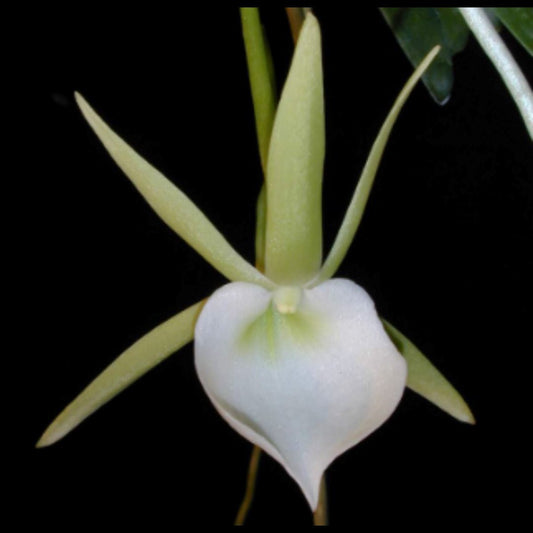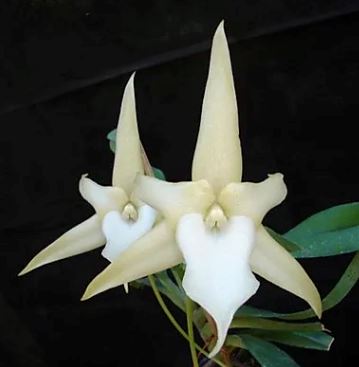
Embracing the Exquisite: A Comprehensive Guide to Hoya Plants
Share
Hoya plants, with their exquisite beauty and unique characteristics, have gained a special place in the hearts of plant enthusiasts worldwide. Belonging to the Asclepiadaceae family, the Hoya genus comprises over 200 species, each possessing its own charm. In this blog, we delve into the fascinating world of Hoya plants, exploring their genus, distinctive features, and offering valuable tips for cultivating these delightful specimens.
Exploring the Hoya Genus:
Taxonomy:
The Hoya genus is a diverse group of tropical and subtropical plants native to Asia, Australia, and Polynesia. Commonly known as wax plants or porcelain flowers, these evergreen perennials are appreciated for their waxy leaves and unique star-shaped flowers.
Notable Species:
-
Hoya Carnosa: Perhaps the most popular, Hoya carnosa boasts glossy, oval-shaped leaves and produces clusters of sweet-scented, star-shaped flowers.
-
Hoya Kerrii (Heart-Shaped Hoya): Recognized for its heart-shaped leaves, Hoya kerrii is a favorite among plant enthusiasts and symbolizes love and good luck.
-
Hoya Caudata 'Sumatra': This rare and exotic variety of Hoya is distinguished by its elongated leaves and unique growth habit, making it a prized addition to any Hoya collection.
-
Hoya Ciliata var. Black: A rare gem among Hoyas, this variant features distinctive black markings on its leaves, adding an element of mystery and sophistication to the genus.
-
Hoya Incrassata Variegata: Standing out with its variegated foliage, Hoya incrassata variegata is a rare and visually striking specimen, showcasing a blend of colors that adds to the overall allure of the Hoya genus.
Distinctive Features:
Foliage:
Hoya plants are known for their fleshy, succulent-like leaves that often have a glossy sheen. The leaves vary in shape, size, and texture among different species, adding to the allure of the genus.
Flowers:
The most captivating aspect of Hoya plants is undoubtedly their flowers. These star-shaped blooms, often with a waxy texture, can be found in various colors, including white, pink, red, lavender, and even blue in the case of Hoya caerulea. The intricate patterns and sweet fragrances make Hoya flowers a true marvel.
Growth Habit:
Hoyas typically exhibit a vining or trailing growth habit, making them ideal candidates for hanging baskets or cascading over shelves. With proper care, some species can grow long tendrils adorned with clusters of charming flowers.
Cultivating Tips:
Light:
Hoyas thrive in bright, indirect light. While they can tolerate some shade, too much darkness may hinder flower production. Avoid exposing them to direct sunlight for extended periods, as this can scorch the leaves.
Soil:
Well-draining soil is crucial for Hoya plants. A mix of orchid bark, perlite, and regular potting soil provides the ideal balance. Consider repotting every 1-2 years to refresh the soil and provide additional nutrients.
Watering:
Allow the top inch of soil to dry before watering your Hoya. Overwatering can lead to root rot, so it's essential to strike a balance. During the growing season (spring and summer), water more frequently, and reduce watering in the dormant season (fall and winter).
Humidity:
Hoyas appreciate moderate to high humidity levels. In drier climates, misting the leaves or placing a tray of water near the plant can help maintain the desired humidity.
Temperature:
Hoyas prefer temperatures between 60-80°F (15-27°C). Protect them from drafts and sudden temperature fluctuations, especially during the winter months.
Conclusion:
Incorporating a Hoya plant into your collection is an investment in natural beauty and a testament to the joys of plant parenthood. With their alluring foliage and enchanting flowers, Hoya plants are sure to captivate anyone who welcomes them into their home. By following these cultivating tips, you can create an environment where your Hoya thrives, rewarding you with a spectacular display of nature's elegance. So, embrace the charm of the Hoya genus, and let these stunning plants, including the rare Hoya caudata 'Sumatra,' Hoya ciliata var. black, and Hoya incrassata variegata, bring joy and tranquility to your indoor oasis.








